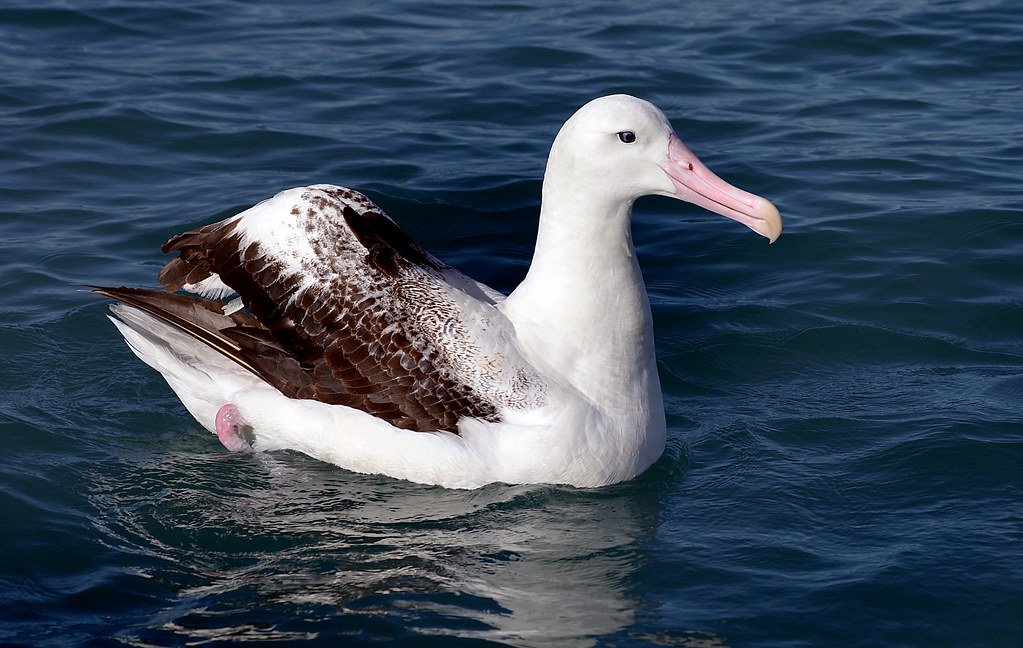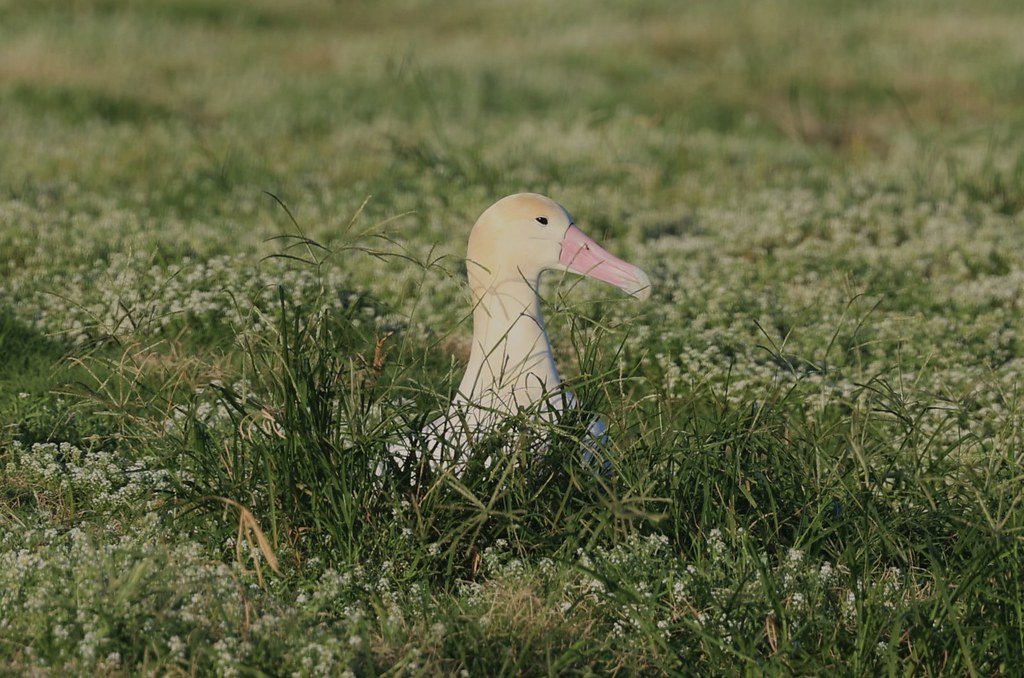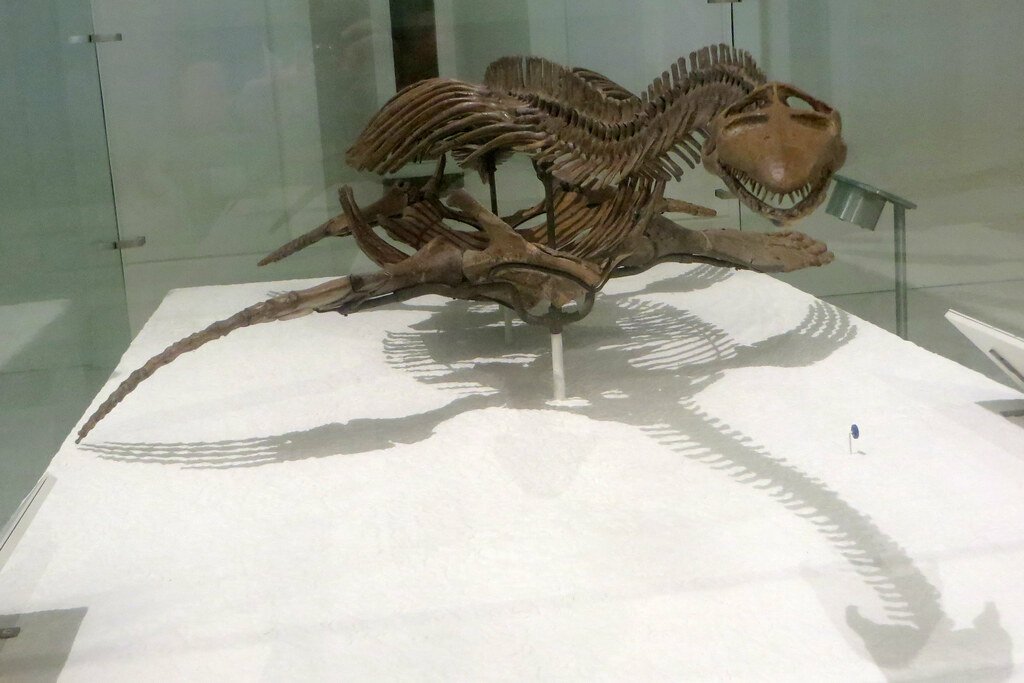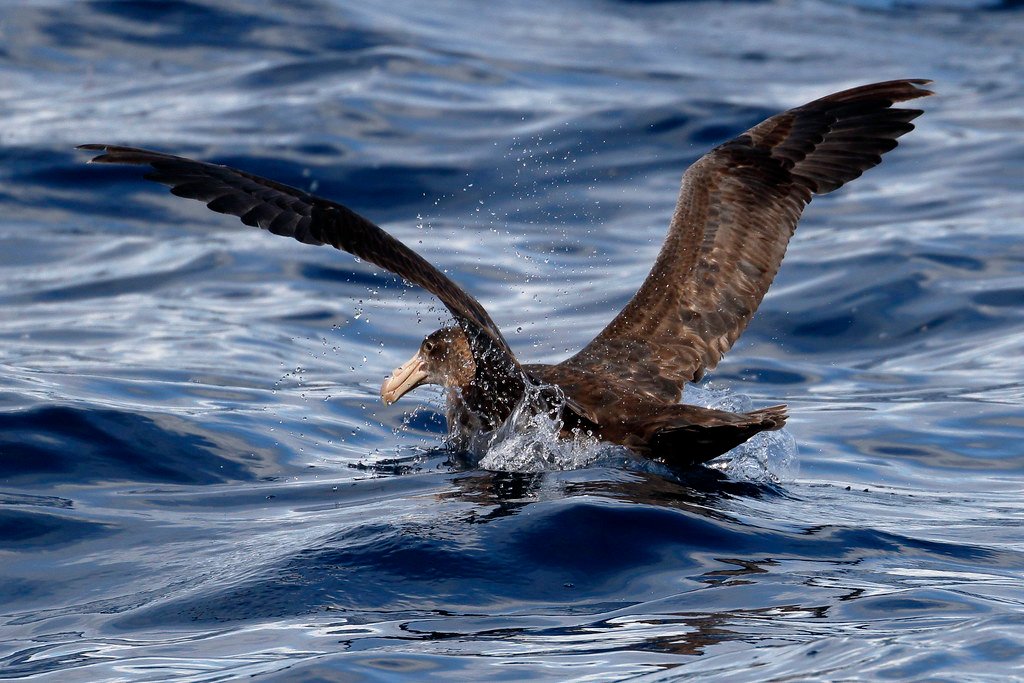Six million years ago, the skies of Argentina belonged to a creature so massive it defied everything we thought we knew about the physics of flight. With wings spanning nearly 23 feet and weighing as much as a small airplane, Argentavis magnificens soared through ancient South American skies like a feathered jumbo jet. Today, the wandering albatross holds the crown for the largest wingspan among living birds, stretching an impressive 11.5 feet across the ocean winds. But here’s the mind-bending question that keeps paleontologists and aerodynamics experts awake at night: how did Argentavis manage to fly at twice the size, and what does this tell us about the absolute limits of biological flight?
The Prehistoric Giant That Shouldn’t Have Flown

Imagine standing beneath a shadow so vast it blocks out the sun like a small aircraft passing overhead. That’s exactly what our ancestors might have experienced when Argentavis magnificens ruled the Miocene skies. This colossal bird weighed between 150 to 200 pounds, making it roughly six times heavier than today’s largest flying bird, the great bustard.
The sheer scale of Argentavis challenges our understanding of avian physics. Its skull alone measured over two feet in length, and its wing bones were as thick as a human arm. Scientists initially questioned whether such a creature could even achieve lift-off, let alone sustain flight across the vast pampas of prehistoric Argentina.
Modern Masters of Oceanic Soaring

The wandering albatross represents the pinnacle of modern flight efficiency, spending months at sea without touching land. These magnificent birds have perfected the art of dynamic soaring, using wind gradients above ocean waves to fly for hours without flapping their wings. Their wings aren’t just long; they’re precisely engineered for maximum lift with minimal energy expenditure.
With a wingspan reaching 11.5 feet and weighing up to 25 pounds, albatrosses push the boundaries of what’s possible in today’s atmospheric conditions. They can glide for thousands of miles, following fish schools and squid populations across entire ocean basins. Their flight style is so efficient that engineers study their wing mechanics to improve aircraft design.
The Square-Cube Law Nightmare

Here’s where physics gets cruel to giant flying creatures. The square-cube law states that as an animal doubles in size, its surface area increases by four times, but its volume and weight increase by eight times. This mathematical reality creates a nightmare scenario for large fliers: they need exponentially more wing area to support their exponentially increasing weight.
Argentavis faced this challenge head-on, somehow managing to overcome what should have been an impossible equation. Its wings had to generate enough lift to support a body mass that was theoretically too heavy for biological flight. The fact that it succeeded suggests either revolutionary adaptations or environmental conditions vastly different from today.
Atmospheric Density and Ancient Skies

The air that Argentavis breathed was fundamentally different from our modern atmosphere. During the Miocene epoch, atmospheric conditions may have been more favorable for large-scale flight, with different pressure systems and wind patterns that could support heavier aerial creatures. Some scientists theorize that slightly denser air could have provided the extra lift needed for massive birds.
Additionally, the thermal dynamics of ancient South America created powerful updrafts and air currents that Argentavis likely exploited. The creature probably relied heavily on these natural elevators, much like modern condors use thermals in mountainous regions. Without these atmospheric advantages, Argentavis might never have achieved sustained flight.
Wing Loading and the Physics of Lift

Wing loading – the ratio of body weight to wing area – determines how efficiently a bird can fly. Modern albatrosses have optimized their wing loading for their oceanic lifestyle, with long, narrow wings that slice through air currents with minimal resistance. Their wings are essentially biological sailplanes, designed for endurance rather than speed or maneuverability.
Argentavis had to solve a different equation entirely. Its massive wings needed to generate enough lift to support a body six times heavier than any modern flying bird. The wing loading calculations suggest that Argentavis operated at the absolute theoretical limits of biological flight, with virtually no margin for error.
Bone Structure and Weight Distribution

The skeleton of Argentavis reveals remarkable adaptations for supporting massive flight muscles while maintaining structural integrity. Its bones were hollow like modern birds, but with internal struts and reinforcements that could withstand the enormous stresses of powered flight. The breast bone was a massive keel that anchored flight muscles capable of generating tremendous power.
In contrast, albatross bones are optimized for a different kind of efficiency. Their skeletons are lightweight yet strong enough to withstand the constant stresses of ocean flying. The bone density and distribution reflect thousands of years of evolutionary fine-tuning for their specific ecological niche.
Muscle Power and Energy Requirements

The flight muscles of Argentavis must have been absolutely massive, possibly comprising up to 20% of its total body weight. These muscles needed to generate enough power to lift and sustain a 200-pound bird in flight – a feat that would require tremendous metabolic energy. The creature’s heart would have been proportionally enormous, pumping blood through a cardiovascular system designed for extreme performance.
Albatrosses have evolved a completely different strategy, with smaller flight muscles optimized for endurance rather than raw power. Their metabolic rate during flight is remarkably low, allowing them to soar for days with minimal energy expenditure. This efficiency comes at the cost of maneuverability and acceleration.
Ecological Niches and Feeding Strategies

Argentavis occupied a unique ecological niche as a massive scavenger and predator. Its size allowed it to dominate carcasses and even hunt large prey that would be impossible for smaller birds to tackle. The creature’s flight capability enabled it to patrol vast territories, searching for food sources across hundreds of miles of South American landscape.
Modern albatrosses have specialized for marine environments, using their flight efficiency to follow food sources across ocean basins. Their feeding strategy relies on surface diving and opportunistic scavenging, requiring sustained flight capability rather than the burst power needed for terrestrial hunting.
Environmental Pressures and Evolutionary Constraints

The extinction of Argentavis coincided with major environmental changes in South America, including climate shifts and the emergence of new competitors. As atmospheric conditions changed and food sources became scarce, the massive energy requirements of such a large flier became unsustainable. The creature’s size, once an advantage, became a liability in changing ecological conditions.
Albatrosses face their own evolutionary pressures in the modern world. Climate change, ocean acidification, and human fishing activities are altering their marine environment. Their specialized flight adaptations, while efficient for current conditions, may prove challenging to modify if oceanic conditions continue to change rapidly.
The Thermodynamics of Giant Flight

Flying at the size of Argentavis required solving complex thermodynamic problems. The creature needed to generate enough body heat to maintain the high metabolic rates necessary for sustained flight, while simultaneously managing heat dissipation to prevent overheating. Its large body size helped retain heat, but the massive flight muscles would have generated enormous amounts of thermal energy.
The relationship between body size and heat management creates another constraint on flight evolution. Larger flying creatures face increasing difficulty in managing their thermal balance, especially during periods of intense flight activity. This thermodynamic challenge may represent one of the fundamental limits to the evolution of giant fliers.
Comparative Aerodynamics and Flight Mechanics

The aerodynamic principles governing Argentavis and albatross flight are fundamentally similar, yet the scale difference creates vastly different mechanical challenges. Argentavis required enormous wing muscles to generate the lift needed for takeoff, while albatrosses have evolved wings that can maintain lift with minimal muscular effort once airborne.
The wing aspect ratio – the relationship between wingspan and wing width – differs significantly between these species. Argentavis had broader wings relative to their length, providing maximum lift generation, while albatrosses have extremely high aspect ratios optimized for gliding efficiency. These different approaches reflect the distinct flight challenges each species needed to overcome.
Metabolic Rates and Energy Budgets

The energy budget of Argentavis would have been staggering. Calculations suggest that this massive bird required between 10,000 to 15,000 calories per day just to maintain basic metabolic functions, with flight activities potentially doubling this requirement. Such enormous energy needs would have driven the creature’s behavior, forcing it to optimize every aspect of its flight and feeding strategy.
Albatrosses have evolved one of the most efficient energy budgets in the animal kingdom. Their metabolic rate during flight is only slightly higher than their resting rate, allowing them to remain airborne for days or even weeks without significant energy expenditure. This efficiency enables them to exploit food sources scattered across vast ocean areas.
Evolutionary Trade-offs and Optimization

Every aspect of Argentavis evolution involved trade-offs between competing demands. Larger size provided advantages in competition and predation but required enormous energy investments and specialized flight adaptations. The creature’s evolution pushed biological systems to their absolute limits, creating a flying machine that was both magnificent and ultimately unsustainable.
Albatrosses represent a different evolutionary optimization, trading raw power and size for efficiency and endurance. Their evolutionary path led to specialized adaptations that excel within specific environmental parameters but might prove less adaptable to rapid environmental changes. This specialization creates both advantages and vulnerabilities in changing ecological conditions.
Extinction Patterns and Survival Strategies

The extinction of Argentavis offers crucial insights into the survival challenges facing large flying creatures. When environmental conditions changed, the creature’s massive size and specialized requirements became liabilities rather than assets. Its high energy needs and specific habitat requirements made it vulnerable to ecological disruption.
Modern albatrosses face similar challenges as ocean environments change rapidly. Their specialized flight adaptations, while currently advantageous, may become problematic if oceanic wind patterns or food distribution change significantly. The survival of these magnificent fliers depends on their ability to adapt to changing conditions while maintaining their flight efficiency.
Biomechanical Limits and Future Possibilities

The comparison between Argentavis and albatrosses reveals fundamental biomechanical limits that constrain the evolution of flying creatures. The square-cube law, metabolic constraints, and atmospheric conditions create boundaries that even the most successful evolutionary adaptations cannot overcome. These limits help explain why no flying creature has evolved to surpass the size of Argentavis in the millions of years since its extinction.
Understanding these constraints provides valuable insights for both paleontology and engineering. The biomechanical solutions that enabled Argentavis flight continue to inspire aircraft designers, while the efficiency of albatross flight offers lessons for developing more sustainable aviation technologies. These biological examples demonstrate both the possibilities and limitations of flight across different scales.
Conservation Implications and Modern Challenges

The evolutionary history of giant fliers like Argentavis provides important context for understanding the conservation challenges facing modern large birds. Many of today’s largest flying species, including various albatross species, face threats from habitat loss, climate change, and human activities. Their specialized adaptations, while successful in stable environments, may prove challenging to modify rapidly in response to changing conditions.
The extinction of Argentavis serves as a reminder that even the most successful evolutionary adaptations can become vulnerabilities when environmental conditions change rapidly. Modern conservation efforts must consider these evolutionary constraints when developing strategies to protect large flying species. The lessons learned from studying these magnificent creatures can inform our efforts to preserve the aerial diversity that remains in our modern world.
The story of Argentavis and the albatross reveals the incredible creativity and limitations of evolutionary flight. These creatures pushed the boundaries of what’s possible in biological aviation, each representing different solutions to the challenge of conquering the skies. Their legacy continues to inspire our understanding of flight, from the smallest hummingbird to the largest aircraft. What other secrets might these ancient giants reveal about the ultimate limits of life taking wing?



